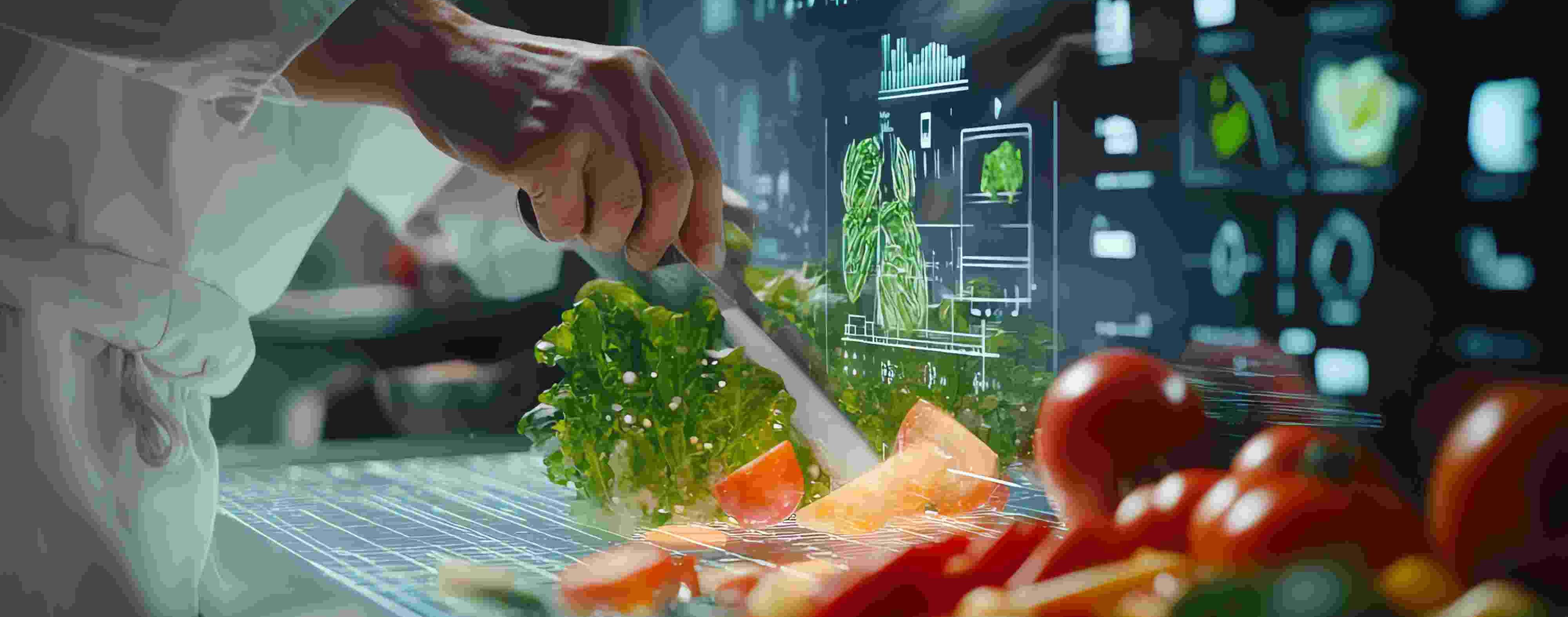The experts at the Institute of Food Technologists (IFT) have once again identified the main trends that will influence the food industry in 2025.
Among the most prominent trends driving innovation are the rise of GLP-1 medicines, salt and sugar reduction, and personalised nutrition and others.
At this point, plant-based ingredients, such as nuts and their derivatives, align perfectly with many of these trends. Their increasing incorporation into formulations responds to the demand for healthier, more sustainable products with more transparent labels.
Major food industry trends in 2025
1. Limitations on chemical additives: Food additive approval processes will undergo more rigorous analysis, which could lead to significant reformulations in the industry.
2. Demand for clean labels: Consumers will continue to prioritise products with understandable ingredients that are perceived as healthier. At this point, the substitution of certain ingredients with plant-based options gains special relevance. This includes plant fibres such as inulin or pectin that replace artificial stabilisers and gelling agents in jams, sauces and beverages; nut-based plant drinks that replace emulsifiers and stabilisers in dairy products; or nut-based butters and creams that replace hydrogenated fats in spreads or energy bars, thus eliminating processed oils.
Keep learning: Emerging plant-based trends and innovations
3. The rise of GLP-1 medicines as a product innovation driver. The global market for GLP-1 medicines, which are used for weight loss, is expected to grow at a compound annual rate of 29.6% until 2030. While their use could reduce overall food consumption, it also offers opportunities for creating premium or functional products that meet these consumers’ specific needs regarding proteins, gut health or other nutrients.
You may be interested in | Functional foods: Ingredients that open new possibilities
4. Salt and sugar reduction: EU and member state policies, such as those linked to labelling transparency and the reduction of certain harmful ingredients, are bolstering this trend. Moreover, increased consumer awareness about the influence of certain food components will accelerate the development of products with reduced salt and sugar content.
It is commonplace in the industry to opt for ingredients capable of providing healthier sweetening alternatives. Dried fruits such as dates or raisins, maple or agave syrup, coconut sugar, naturally-derived erythritol, or soluble corn fibre are but a few examples.
5. The «Food is Medicine» initiative gains momentum across various demographics: The notion of using food as a tool for preventing and treating illness continues to gather steam, with institutional, political and scientific backing, embracing a holistic approach to health through nutrition.
You may also be interested in: «Development of new nut products and foods for elderly»
6. A greater investment in food safety: The need for efficient supply chain traceability will intensify, prompting firms to prioritise technologies that enable effective food tracking from farm to fork.
7. Artificial intelligence (AI) will continue gaining traction in food laboratories: The implementation of AI will broaden significantly, impacting everything from laboratories to professional kitchens, accelerating product development and capturing consumer insights to enhance efficiency and drive innovation.
8. Investment in agri-food technology will bounce back after a long pause: Following a period of stagnation in recent years, a resurgence in support for food innovation is anticipated, which will reinvigorate private and venture capital investments in agri-food technologies.
These trends reflect an ever-evolving landscape in the food industry, driven by technological advancements, shifting consumer preferences, and a growing focus on health and sustainability.
What consumer drivers will propel innovation in the food industry in 2025?
According to the latest ‘Data & Trends EU Food and Drink Industry’ report prepared by FoodDrinkEurope, the drivers that will propel innovation this year are:
- Pleasure (53.6%), which in turn is divided into 31.7% dedicated to the «variety of senses» trend and 14.8% dedicated to the sophistication trend.
- Health (24.3%), where trends towards plant-based (10.9%), natural (7.2%) or medicinal (6.1%) products stand out.
- Physical matters (8.3%), among which are trends such as energy and wellbeing, weight management and cosmetic benefits.
- Convenience (7%), which includes trends such as «easy to handle», «time-saving» and «nomadism.»
- Ethics (6.9%), with trends such as social responsibility and environmental awareness.
Which industry segments are the most innovative?
Referring to the same FoodDrinkEurope report, this is the ranking of the 10 most innovative segments:
- Soft drinks: 9.8%
- Frozen salted products: 6.5%
- Appetizer grocery products: 5.5%
- Dairy products: 5.3%
- Fresh substitutes: 4.9%
- Ready meals: 4.3%
- Chocolate products: 4%
- Meat, delicatessen, poultry: 3.8%
- Biscuits: 3.8%
- Condiments and sauces: 3.7%
Sources:
- IFT’s. Top Ten Food Trends for 2025
- Data & Trends EU Food and Drink Industry. 2024




